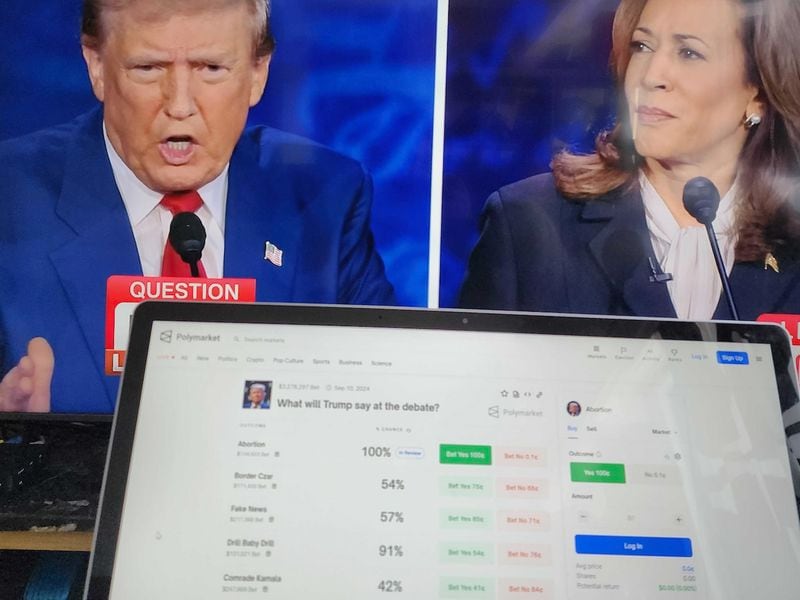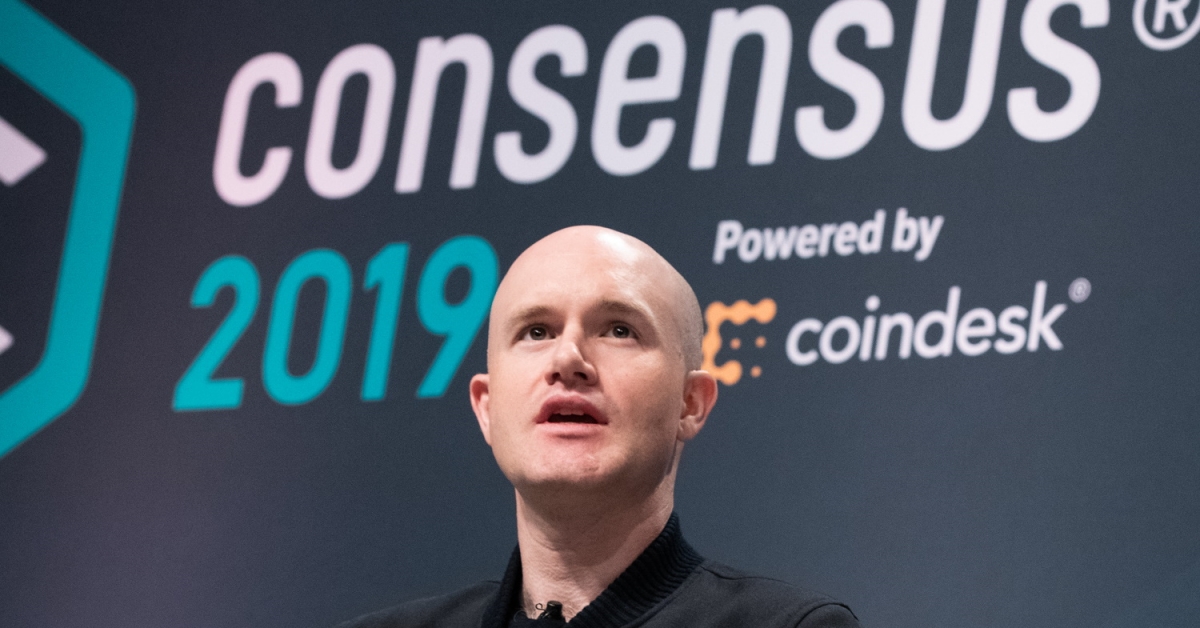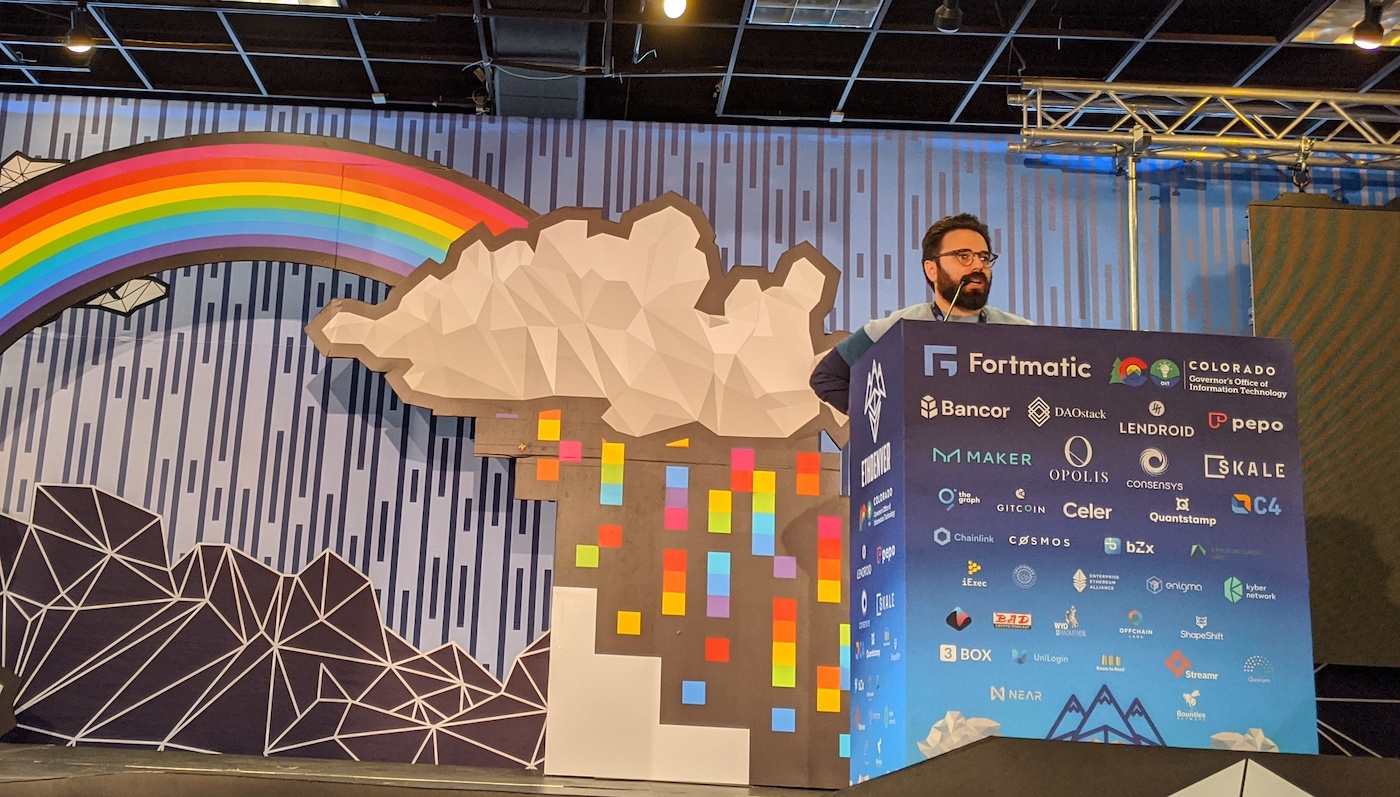Ethereum Layer 2s Could Rocket to $1T Base Valuation by 2030, VanEck Says
/arc-photo-coindesk/arc2-prod/public/LXF2COBSKBCNHNRE3WTK2BZ7GE.png)
-
Investment firm VanEck predicts Ethereum layer 2 networks to be valued at over $1 trillion by 2030 but remains “generally bearish” on the long-term prospects of several such networks.
-
The firm evaluated 46 layer 2 networks across five key areas and predicted “thousands” of rollups to eventually emerge. Arbitrum is the most extensive ecosystem, with over $18 billion in locked tokens.
-
VanEck said that transaction pricing, developer experience, user experience, trust assumptions, and ecosystem size, could play into the layer 2 networks’ growth.
Investment firm VanEck predicts Ethereum layer 2 (L2) networks could be valued at over $1 trillion by 2023 in a base case scenario but remains “generally bearish” on the long-term prospects of several such networks.
The firm evaluated 46 L2 networks across five key areas and predicted “thousands” of rollups to eventually emerge. Arbitrum is currently the biggest ecosystem with over $18 billion in locked tokens, data shows, capturing the majority of $36 billion locked across 46 networks.
VanEck analysts Patrick Bush and Matthew Sigel estimate that Ethereum will eventually capture 60% of the market share across all public blockchains. They modeled their estimate around the volume of assets within the Ethereum ecosystem.
L2s are secondary networks or infrastructure built atop a main blockchain, such as Ethereum, to help with scalability and speed. Rollups are a certain type of scaling system.
VanEck said the following factors would eventually come into play for the long-term growth of L2 networks.
-
Transaction Pricing: The cost to users for transacting on L2 networks is a critical factor for attracting users. Differentiation in transaction pricing stems from factors such as data compression, scale, proving costs, and profit margins.
-
Developer Experience: Ethereum Virtual Machine compatibility is paramount for L2 networks to attract developers, ensuring seamless porting of smart contracts and tooling from Ethereum.
-
User Experience: The speed of onboarding assets and withdrawal processes ultimately shapes the user experience.
-
Trust Assumptions: Building trust around data availability on an L2 and steps in place to prevent exploits and hacks.
-
Ecosystem Size: The strength of an L2 network’s ecosystem significantly influences its value. Value locked on an L2 indicates engagement as it indicates money put into the ecosystem to capture opportunities.
Risks remain
Meanwhile, Busk and Siegel wrote that the firm expects there to be cut-throat competition amongst L2s, stating they were generally bearish on the sector’s outperformance.
“We are generally bearish on the long-term value prospects for the majority of L2 tokens,” they said. “The top 7 tokens for L2 collectively already have $40 billion of FDV, and there are many strong projects that intend to launch over the medium term.”
“This means there is potentially $100 billion more in FDV in L2 tokens coming to market over the next 12-18 months. It seems a bridge too far for the crypto market to absorb even limited amounts of that supply without massive discounts,” the analysts added.
Tokens of the Ethereum L2 category are valued at just over $20 billion, CoinGecko data shows.
Edited by Parikshit Mishra.









